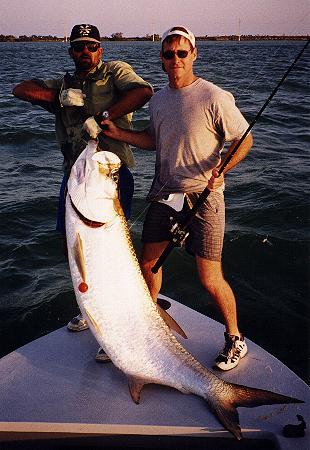
KUALA LUMPUR: Rainy season which reportedly happened every year December in East Coast reported be more 'wild till end this February with wind presence from North-East direction future hit Kelantan, Terengganu, Pahang and Johor Timur.
However, sea condition on November and last December allegedly still cannot serious because still many anglers and fisherman out to the sea hunting chief catch in under around the area 15 nautical mile from offshore.
A story of how even changed since early last January when sea be increased wild until preventing fisherman goes out to catch fish and state expected to last till end next month.
“Kebiasaannya gelora yang berlaku di kawasan tengah menyebabkan ikan pelbagai spesies berpindah ke kawasan yang lebih cetek kerana alunan ombak yang berkurangan serta kurang gangguan,”
Selain itu, laut bergelora yang berlaku sekarang diibaratkan umpama patah tumbuh hilang berganti dengan kehadiran udang kertas di kawasan persisiran pantai sejak beberapa minggu lalu.
“Kehadiran udang sejak beberapa minggu lalu turut memberikan pulangan menggalakkan kepada nelayan yang sudah sekian lama menerima pendapatan tidak menentu kerana laut bergelora sejak pertengahan November lalu,”
Sementara itu, sumber Jabatan Meteorologi menyatakan keadaan Laut China Selatan membabitkan perairan Kelantan, Terengganu, Pahang dan Johor Timur diramalkan tidak stabil sehingga akhir Februari.
Bagaimanapun, jabatan berkenaan menjalankan pemantauan dari semasa ke semasa dan sebarang maklumat mengenai cuaca buruk akan disalurkan ke jabatan berkaitan serta penguasa jeti termasuk memberikan amaran kepada nelayan.
Bagi tempoh itu, kelajuan angin di perairan Panatai Timur dijangka mencatatkan bacaan antara 15 hingga 20 knot sejam manakala ketinggian ombak 2.5 meter.
Nelayan serta kaki pancing yang berhasrat untuk ke laut diminta merujuk kepada Jabatan Meteorologi sebelum berbuat demikian dengan menghubungi talian 03-79678119.
.jpg)
.jpg)
.jpg)
.jpg)

.jpg)
.jpg)
.jpg)
.jpg)













